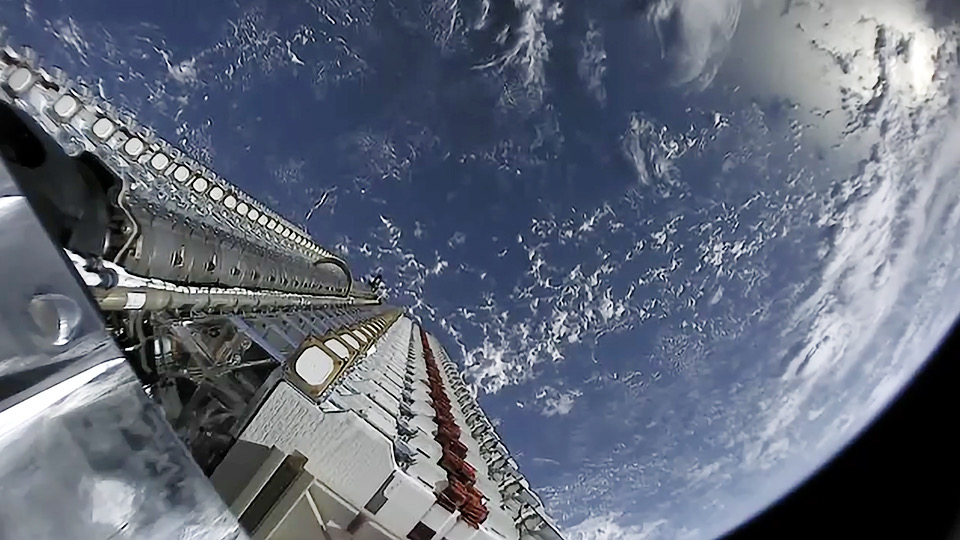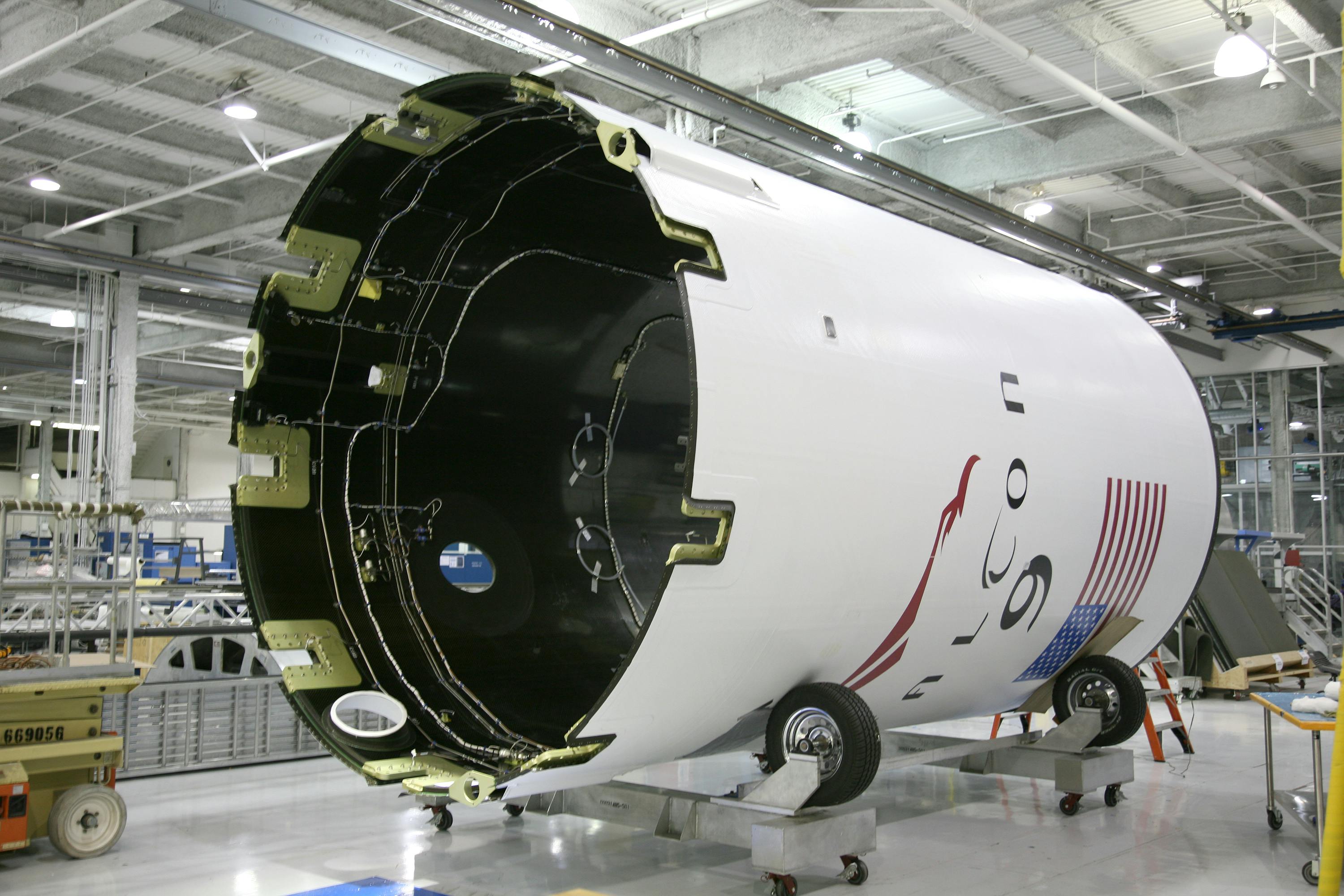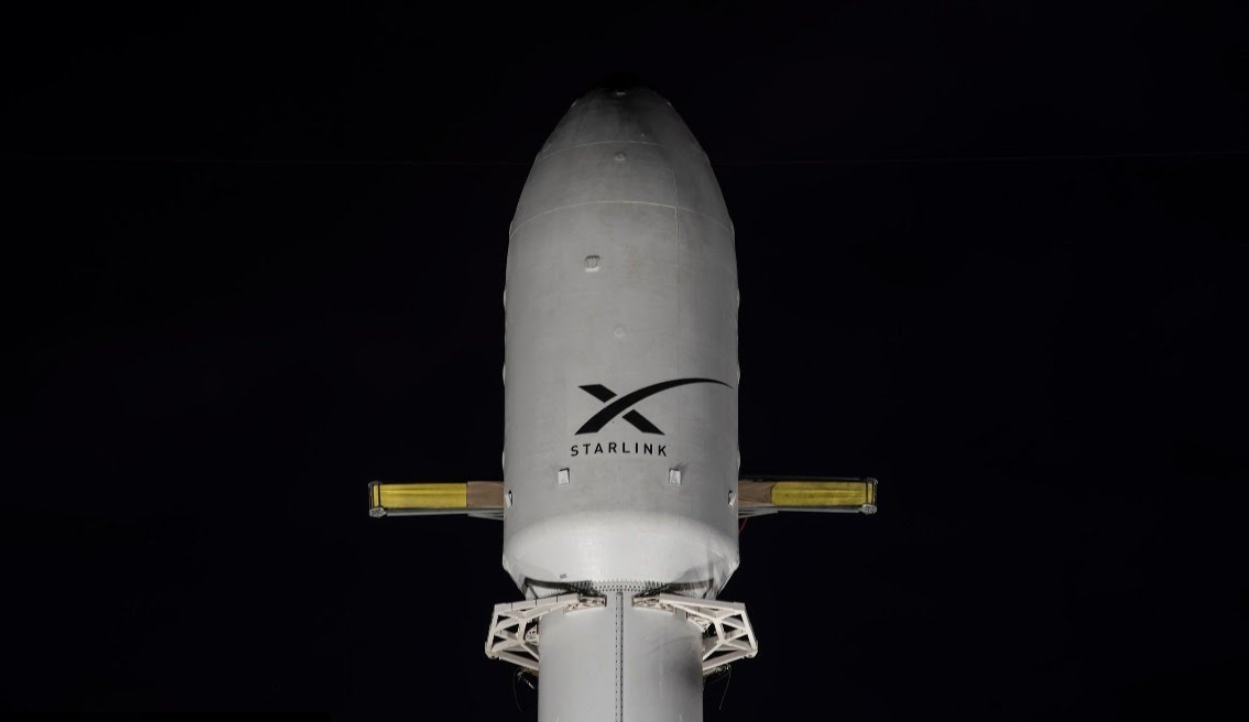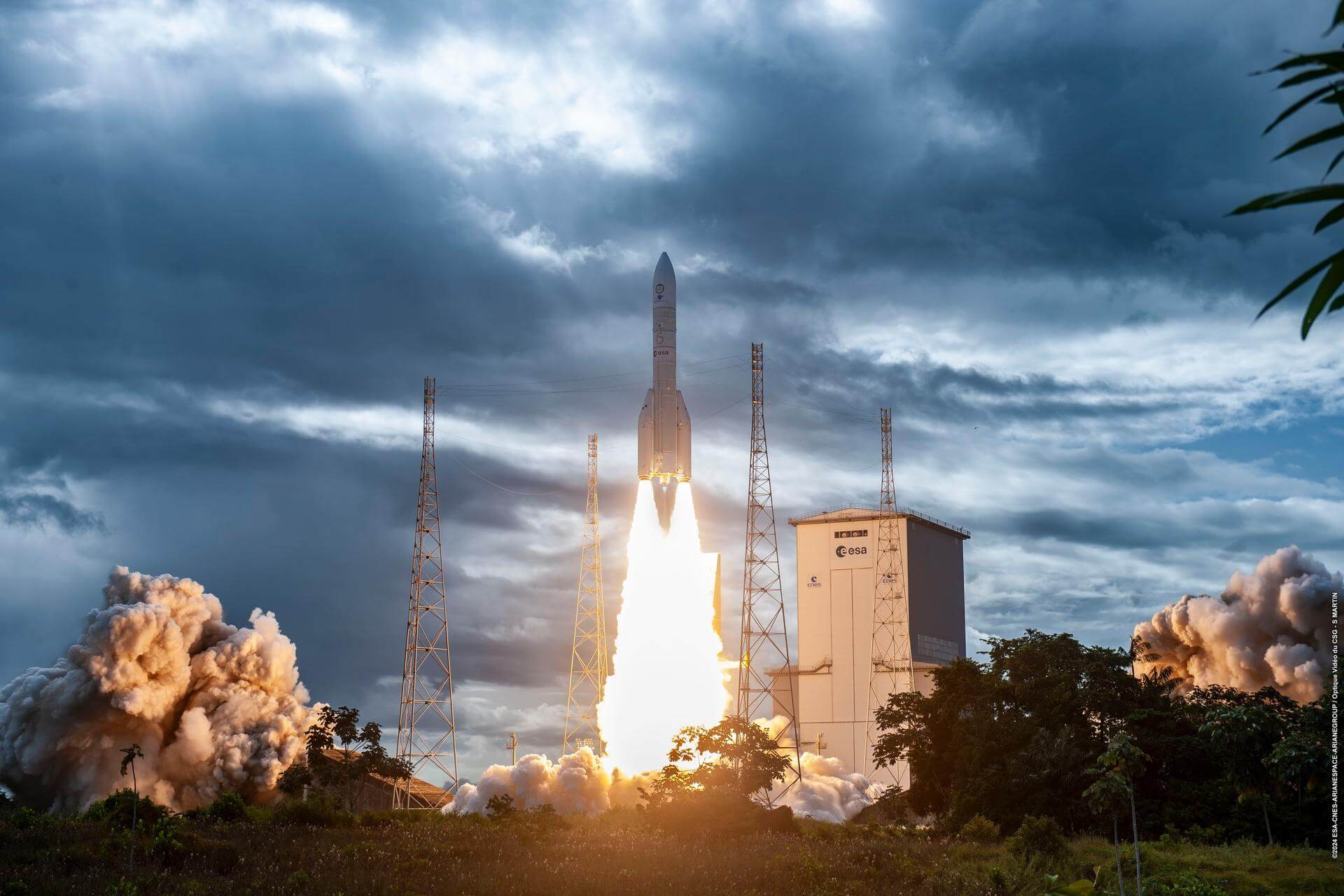· space brief · 6 min read
Space Brief 6 May 2025
Today's brief covers a significant hypersonic flight by Stratolaunch, the US Space Force's missile warning upgrades, and major government space investments.

📄Top Stories
A landmark hypersonic flight was achieved by the Stratolaunch vehicle, breaking Mach 5. The US Space Force has enhanced its missile warning capabilities with the latest SBIRS system. Meanwhile, government space budgets have surged to record levels, driven by defense spending initiatives.
📰Detailed Coverage
Hypersonic Milestone in Flight Testing
The Pentagon celebrated a major milestone with Stratolaunch’s reusable vehicle, which successfully surpassed Mach 5 during a flight over the Pacific Ocean. Launched from the enormous Roc aircraft, the Talon-A2 demonstrated capabilities that bolster future high-speed aerospace endeavors.
This achievement marks a significant advancement in aerospace technology, particularly relevant for military applications where rapid response times are crucial. For satellite tracking enthusiasts, understanding the implications of such high-speed vehicles can aid in anticipating future technological trends in space defense.
Read the full story: SpaceNews
Strengthening Missile Defense: SBIRS S2E2 System Accepted
The US Space Force announced the operational acceptance of the next-generation Space Based Infrared System (SBIRS) S2E2. This new system enhances the existing missile warning network, providing greater resilience and reliability in threat detection.
The acceptance of the SBIRS S2E2 system underscores the US Space Force’s commitment to strengthening national security through advanced space-based technology. The enhanced capabilities support ongoing efforts to monitor and assess orbital threats more effectively.
Read the full story: SpaceWar
Historic Highs in Government Space Spending
Global government space budgets reached a staggering $135 billion in 2024, which is a 10% increase from the previous year. This unprecedented growth is primarily driven by defense-related expenditures, highlighting the increasing militarization of space.
The implications of this surge are vast, affecting both national security strategies and international space policy dynamics. Understanding these budgetary trends is essential for those involved in satellite operations and development, given the potential shifts in space infrastructure investments.
Read the full story: SpaceNews
US Space Force and Terran Orbital Partnership
Terran Orbital has been invited to join the US Space Force’s Space Test Experiments Platform (STEP) 2.0 program under a 10-year contract. This collaboration, valued at up to $237 million, aims to accelerate the deployment of cutting-edge space technologies.
This initiative is part of a broader strategy to integrate advanced systems into defense infrastructure, potentially including innovative satellite solutions that enhance operational capabilities. Such collaborations drive advancements in defense-oriented satellite technology.
Read the full story: SpaceWar
Continuing Debate on Satellite Refueling
Despite industry interest, the Space Force remains hesitant about satellite refueling, questioning its strategic military benefits. The potential for extending satellite life through refueling has drawn attention, yet skepticism persists regarding its practicality and cost-effectiveness.
This ongoing debate reflects the broader challenges of integrating innovative technologies into military applications. For those tracking satellite advancements, this serves as a reminder of the complex considerations involved in evolving space operations.
Read the full story: SpaceNews
🛰️Satellite Spotlight
- Satellite Name: YAHSAT 1B
- NORAD ID: 38245
- Launch Date: April 23, 2012
- Mission: Communication satellite designed to provide a range of communication services.
- Orbit: GEO (Geostationary Orbit)
- Operator: Al Yah Satellite Communications Company (ALYAH)
- Fun Fact: The satellite features 25 Ka-band transponders and supports a combination of commercial and secure communications.
Track this satellite in real-time on our web app: Track YAHSAT 1B
🌌Space Weather
Current space weather shows Enhanced solar wind (647 km/s).
R0 - S0 - G0
Next 24 Hours:
In the coming day, satellite operators and communication users can expect no risk of radio blackouts or solar radiation storms, which is excellent news for satellite functionality and ground-based radar operations. However, the geomagnetic field is predicted to reach G1 (Minor) storm levels on May 6, and active conditions on May 7, largely due to sustained negative polarity coronal hole high-speed stream (CH HSS) influences. Operators should prepare for potential but manageable impacts on satellite trajectories from increased drag effects during these storm periods.
Beyond:
Looking ahead, from May 5 to May 31, 2025, solar activity is expected to remain predominantly low with a fluctuating chance for M-class flare activity. While no proton events are anticipated at geosynchronous orbit, the greater than 2 MeV electron flux is set to reach high levels between May 5-12 and May 29-31. Operators should anticipate normal to moderate levels during the period from May 13-28. Geomagnetically, the conditions are likely to escalate to G1 (Minor) storm levels on May 18 and again on May 29-31 owing to the influence of negative polarity coronal holes. Active conditions may also be observed on May 5-6, May 9-11, May 16-17, May 19-21, and May 27. Overall, while enhanced drag might impact LEO satellites during these active phases, quiet to unsettled conditions are expected in the intervals between, reducing the likelihood of significant disruptions.
🚀 Upcoming Space Launches
May 7
- SpaceX Falcon 9:
- Starlink Group 6-93 from Cape Canaveral SFS, FL, USA (00:22 UTC) A batch of 28 satellites for the Starlink mega-constellation - SpaceX’s project for space-based Internet communication system.
May 9
- SpaceX Falcon 9:
- Starlink Group 6-91 from Cape Canaveral SFS, FL, USA (06:54 UTC) A batch of satellites for the Starlink mega-constellation - SpaceX’s project for space-based Internet communication system.
May 10
- SpaceX Falcon 9:
- Starlink Group 15-3 from Vandenberg SFB, CA, USA (00:01 UTC) A batch of 26 satellites for the Starlink mega-constellation - SpaceX’s project for space-based Internet communication system.
May 15
- Gilmour Space Technologies Eris-1:
- Maiden Flight from Bowen Orbital Spaceport (00:00 UTC) Maiden flight of Gilmour Space’s orbital launch vehicle Eris.
May 17
- Rocket Lab Electron:
- The Sea God Sees (iQPS Launch 2) from Rocket Lab Launch Complex 1, Mahia Peninsula, New Zealand (08:15 UTC) Synthetic aperture radar Earth observation satellite for Japanese Earth imaging company iQPS.
May 18
- Indian Space Research Organization PSLV-XL:
- EOS-09 (RISAT-1B) from Satish Dhawan Space Centre, India (00:00 UTC) RISAT-1B is the third in the series of radar imaging RISAT-1 satellites of ISRO, providing all-weather as well as day-and-night SAR observation capability.
May 29
- SpaceX Falcon 9:
- Axiom Space Mission 4 from Kennedy Space Center, FL, USA (17:03 UTC) This is a Crew Dragon flight for a private company Axiom Space. The mission will carry a professionally trained commander alongside three private astronauts to and from the International Space Station.
May 31
-
SpaceX Falcon 9:
- GPS III SV08 from Cape Canaveral SFS, FL, USA (00:00 UTC) Eighth of ten GPS III missions.
-
SpaceX Falcon 9:
- Nusantara Lima from Cape Canaveral SFS, FL, USA (00:00 UTC) Nusantara Lima is an Indonesian geostationary communications satellite with a capacity of more than 160 Gbps.
-
SpaceX Falcon 9:
- Starlink Group 15-4 from Vandenberg SFB, CA, USA (00:00 UTC) A batch of satellites for the Starlink mega-constellation - SpaceX’s project for space-based Internet communication system.
Note: Launch dates and times are subject to change due to technical or weather considerations.

Maurice Stellarski





